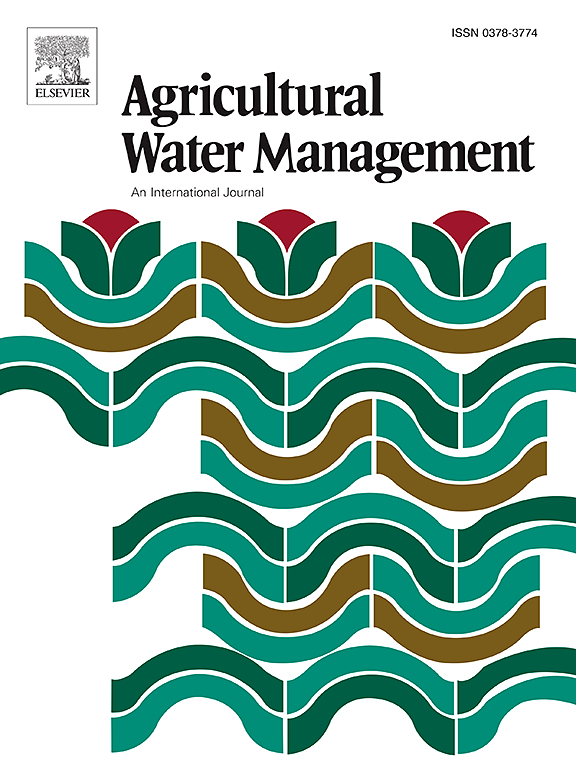Occurrence, evolution and causes of different drought levels affecting winter wheat in the Huang-Huai-Hai Plain, China
IF 6.5
1区 农林科学
Q1 AGRONOMY
引用次数: 0
Abstract
Drought, affects agricultural production and winter wheat, a crucial staple crop, is continuously exposed to drought stress in the Huang-Huai-Hai Plain, which has notable implications for global food security. Here, we used the 1981–2020 meteorological datasets to calculate the monthly standardized precipitation evapotranspiration index and combined this with the standard deviation ellipses and the geodetector model to investigate the spatio-temporal patterns of drought occurrence, its evolution, and the potential drivers of different drought levels across the growth stages of winter wheat. The results showed that (1) drought primarily occurred during the greening-jointing to booting-heading stages of winter wheat, particularly in regions, such as Hebei, where mild and moderate droughts were more frequent, whereas severe and extreme droughts were concentrated during the booting-heading stage; (2) the spatial evolution of drought revealed a gradual expansion from the southern to the central and northern regions (from Anhui to Henan, Shandong, and Hebei) as the growth stages progressed. Drought was more widespread in the later growth stages, with the affected area of moderate drought being four times larger than in the early stages. (3) Geodetector analysis revealed that precipitation and minimum temperature notably influenced drought occurrence. Interaction analysis highlighted that the combination of precipitation with soil type and minimum temperature significantly enhanced the explanatory power of drought occurrence. The explanatory power for moderate, severe, and extreme droughts increased by 0.08, 0.16, and 0.13, respectively, emphasizing the importance of these interactions. The interaction between precipitation and minimum temperature strongly influenced severe and extreme drought occurrences. These findings provide a scientific foundation and practical insight for drought risk assessment and agricultural management.
黄淮海平原不同旱情影响冬小麦的发生、演变及原因分析
干旱影响农业生产,黄淮海平原重要的主粮作物冬小麦持续遭受干旱胁迫,对全球粮食安全具有重要影响。利用1981—2020年气象数据集计算月标准化降水蒸散指数,结合标准差椭圆和地理探测器模型,研究了冬小麦不同生育期干旱发生、演变的时空格局,以及不同干旱程度的潜在驱动因素。结果表明:(1)干旱主要发生在冬小麦拔节至抽穗期,以河北等地区为代表,轻度和中度干旱较为频繁,重度和极端干旱集中在抽穗期;(2)随着生长阶段的推进,干旱的空间演变呈现出由南部向中部和北部(由安徽向河南、山东和河北)逐渐扩大的趋势。干旱在生长后期更为普遍,中度干旱的影响面积是早期的4倍。(3)地理探测器分析表明,降水和最低气温对干旱的发生有显著影响。交互作用分析表明,降水与土壤类型和最低温度的组合显著增强了干旱发生的解释力。对中度、重度和极端干旱的解释能力分别增加了0.08、0.16和0.13,强调了这些相互作用的重要性。降水和最低温度的相互作用强烈影响了严重和极端干旱的发生。这些发现为干旱风险评估和农业管理提供了科学依据和实践见解。
本文章由计算机程序翻译,如有差异,请以英文原文为准。
求助全文
约1分钟内获得全文
求助全文
来源期刊

Agricultural Water Management
农林科学-农艺学
CiteScore
12.10
自引率
14.90%
发文量
648
审稿时长
4.9 months
期刊介绍:
Agricultural Water Management publishes papers of international significance relating to the science, economics, and policy of agricultural water management. In all cases, manuscripts must address implications and provide insight regarding agricultural water management.
 求助内容:
求助内容: 应助结果提醒方式:
应助结果提醒方式:


